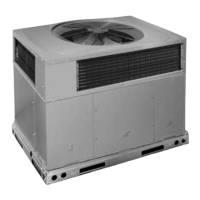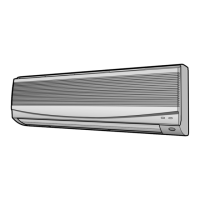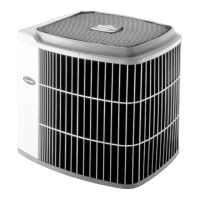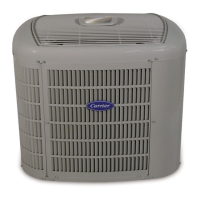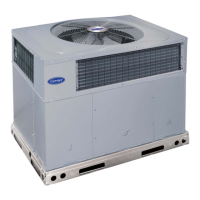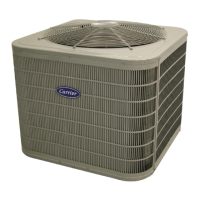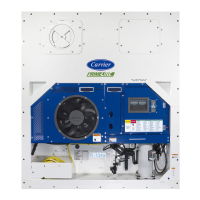
Do you have a question about the Carrier PrimeLINE 69NT40-561-200 and is the answer not in the manual?
| Brand | Carrier |
|---|---|
| Model | PrimeLINE 69NT40-561-200 |
| Category | Air Conditioner |
| Language | English |
General safety notices supplement specific warnings and cautions for operation and maintenance.
Explanation of DANGER, WARNING, and CAUTION statements used throughout the manual.
Detailed warnings about explosion hazards, fan start-up, power handling, and refrigerant charging.
List and description of safety and protective devices for unit component protection.
Information on alarm generation, display, and general philosophy.
Overview of the pre-trip diagnostics function for testing unit components.
Steps required to initiate a USDA Cold Treatment cycle.
Information on DataCORDER alarms, their causes, and troubleshooting.
List of configurable variables for the controller and their settings.
Description of controller function codes for operational settings.
Procedure for setting up Automated Cold Treatment (ACT) parameters.
Initial inspection steps before operating the unit.
Procedures for safely connecting electrical power to the unit.
Step-by-step instructions for starting and stopping the refrigeration unit.
Steps for performing a start-up inspection of the unit.
Procedure for running pre-trip diagnostics to test unit components.
Procedure for checking temperature probe readings and diagnosing issues.
Procedure for automating cold treatment cycles for cargo.
Troubleshooting steps for units that fail to start or stop intermittently.
Troubleshooting steps for units stuck in continuous cooling mode.
Troubleshooting steps for units experiencing insufficient cooling.
Troubleshooting steps for units with heating issues.
Troubleshooting steps for microprocessor control issues.
Troubleshooting issues related to evaporator air flow.
Troubleshooting steps for EEV malfunctions.
Troubleshooting steps for autotransformer issues.
Troubleshooting issues with water-cooled condensers or pressure switches.
Troubleshooting compressor operating in reverse direction.
Recommended procedures for finding and repairing refrigerant leaks.
Procedure for evacuating and dehydrating the refrigeration system.
Procedures for checking and adding refrigerant charge to the system.
Service procedures for the compressor component.
Troubleshooting procedure for a failed digital unloader valve (DUV).
Procedures for handling, troubleshooting, and programming the controller.
Service procedures for various temperature sensors.



